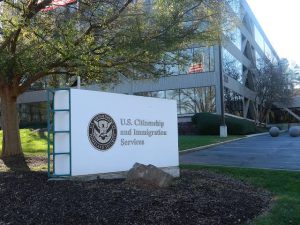U.S. State Department’s Migration Office Takes Over USAID Responsibilities
Media sources report that the U.S. State Department’s Bureau of Population, Refugees, and Migration (PRM) has assumed responsibility for USAID.
Reuters, citing sources, reported that the State Department’s migration office has taken on the role of providing disaster relief assistance outside the U.S., previously handled by the U.S. Agency for International Development (USAID), a role experts say lacks sufficient expertise and human resources.
USAID has been one of the major aid providers for Afghanistan over the years, but its activities in the country have been halted following Trump’s return.
Reuters stated that this message was sent to U.S. embassies and other diplomatic posts worldwide this week.
According to a version reviewed by Reuters, “Under the new arrangements, all U.S. missions abroad must consult with PRM regarding foreign disaster declarations. With PRM’s approval, based on established criteria for international disaster assistance, up to $100,000 can be allocated for initial response support. In consultation with other State Department offices, additional resources may be available based on proven humanitarian needs.”
The U.S. State Department has not officially commented on the matter, but an informed source, speaking on condition of anonymity, confirmed the accuracy of the report.
The source noted that only 20 out of approximately 525 experts who worked in USAID’s Bureau for Humanitarian Assistance and the U.S. Office of Foreign Disaster Assistance have been hired by PRM.
However, the source added that this number is far from sufficient, and the leadership of PRM “has no concept” of how to respond to major overseas disasters.
This comes as USAID has been one of the largest aid providers to impoverished countries, including Afghanistan, for many years.
Over the past 24 years, the agency has provided more than $109 billion in aid to Afghanistan.
During the over three years of Taliban rule, USAID’s aid to Afghanistan has exceeded $3.7 billion, mostly channeled through United Nations agencies for humanitarian. assistance.




